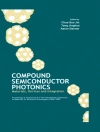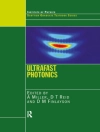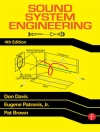The development of a bio-engineered pacemaker is of substantial clinical and also scientific interest because it promises to overcome several limitations of electronic pacemakers. Moreover it may answer the longstanding question of whether the complex structure of the sinus node is indeed a prerequisite for reliable pacemaking, or simpler structures might work as well.
This book gives an overview of the current state-of-the-art of creating a bio-engineered pacemaker. It shows the approaches to develop of genetic and cell-based engineering methods suitable to implement them with safety and stability. It also illuminates the problems that need to be solved before bio-pacemaking can be considered for clinical use.
قائمة المحتويات
Biopacemaking: Clinically Attractive, Scientifically a Challenge.- Embryological Development of Pacemaker Hierarchy and Membrane Currents Related to the Function of the Adult Sinus Node: Implications for Autonomic Modulation of Biopacemakers.- Creation of a Biological Pacemaker by Gene- or Cell-Based Approaches.- Creating a Cardiac Pacemaker by Gene Therapy.- Biological Pacemakers Based on If.- Gene Therapy to Create Biological Pacemakers.- Inhibition of Cardiomyocyte Automaticity by Electrotonic Application of Inward Rectifier Current from Kir2.1 Expressing Cells.- Propagation of Pacemaker Activity.- Computer Modelling of the Sinoatrial Node.- Application of Mesenchymal Stem Cell-Derived Cardiomyocytes as Bio-pacemakers: Current Status and Problems to Be Solved.- Enrichment of Cardiac Pacemaker-Like Cells: Neure gulin-1 and Cyclic amp Increase If-Current Density and Connexin 40 m RNA Levels in Fetal Cardiomyocytes.












